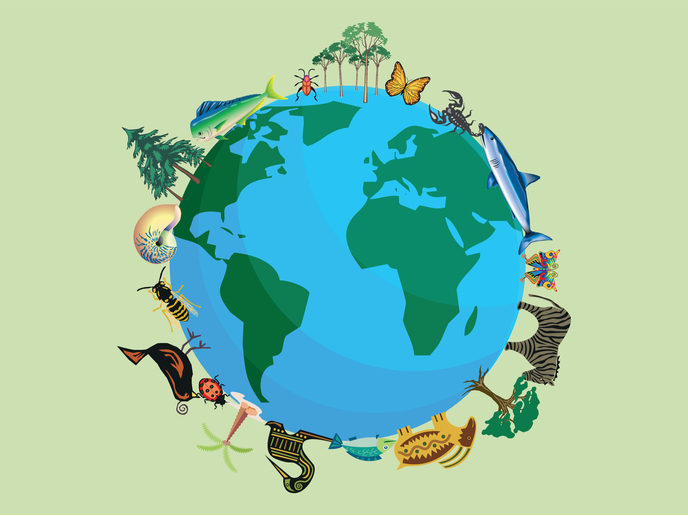Does geography influence a species’ risk of extinction?
Species extinctions have a geographical component that is often overlooked in global models. In general, different populations of the same species face different risks of extinction – a population may have been extinguished in one area but remains numerous in another, for example. Undertaken with the support of a Marie Skłodowska-Curie project awarded to Dr Marta Rueda, the EU-funded DRIVE project sought to increase understanding of the importance of spatial variation for predicting the risk of species extinction caused by the drivers of global change. “We need to realise the impacts of human activity, like changes in land use, in both the present and in the past. There is mounting evidence that human impacts in the past has been a determining factor in the diversity patterns that we see today,” says project coordinator Dr Eloy Revilla. Researchers investigation into the relative importance of natural factors and human activities in driving local populations to collapse focused on land mammals. They applied the latest advances in ecology, taking a multidisciplinary approach involving biogeography, population modelling, and wildlife conservation. Use of a biogeographical template The project comprised two different stages. It first created a novel biogeographical template, which was then used to integrate the species’ environmental context into ecological models. “The aim was to include the species’ inherent vulnerability as a key intrinsic trait into models for determining species extinction risk in order to achieve more accurate predictions,” explains Dr Rueda. Scientists used state-of-the-art techniques and distribution maps of mammals obtained from the International Union for Conservation of Nature to develop analytically-derived hierarchical bioregions at different resolutions, ranging from the landscape size to the biome size or larger. “These showed that the world’s biodiversity can be coherently organised with a hierarchical structure of bioregions that include a local basis. These bioregions also help to answer questions concerning biodiversity organisation, evolutionary history, and conservation,” explains Dr Rueda. The information was applied to computer models that determined the environmental, ecological and evolutionary determinants of the taxonomic differences encompassed by bioregions to help researchers understand what they actually represent. They also studied different predictive scenarios that included factors known to contribute to the shaping of bioregions globally, such as mountains and plate tectonics. Impact of human activity Key results showed that past anthropogenic impacts from the Late Holocene, around 2 000 years ago, can be detected in the configuration of the largest bioregions (or biogeographical realms). These are traditionally assumed to reflect the natural organisation of life that resulted from processes acting over millions of years. This is consistent with the hypothesis that anthropogenic transformation of ecosystems has been extensive and began much earlier than previously believed. According to Revilla: “The finding suggests human influence has already changed the ecological and evolutionary footprint of biodiversity that we see today.” DRIVE shows that if human impacts over the Late Holocene can result in such long-lasting and widely spread signals, we should be concerned about the effects of the much more widespread and severe changes that have occurred since the beginning of the industrial revolution. “The signal of current human land use will likely be detected by the future generations of biogeographers,” Dr Revilla concludes.
Keywords
DRIVE, extinction, bioregion, model, biodiversity, risk, biogeographical, anthropogenic, evolution, conservation, template, spatial variation



